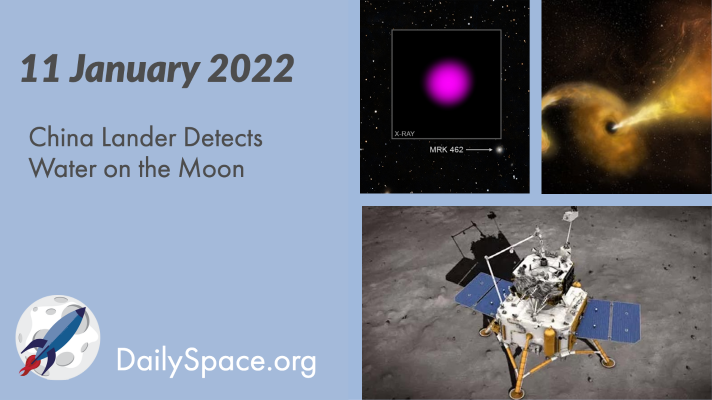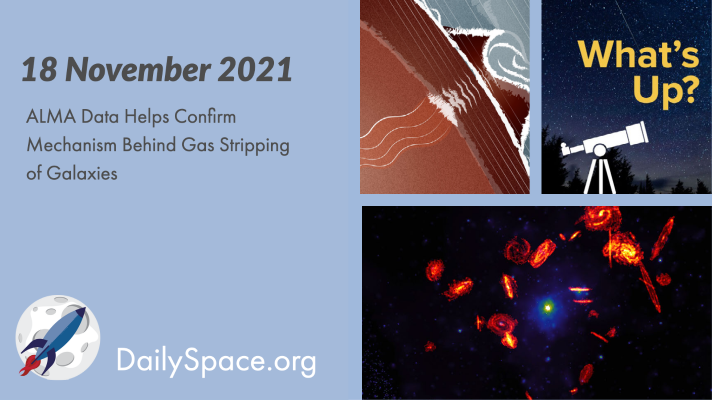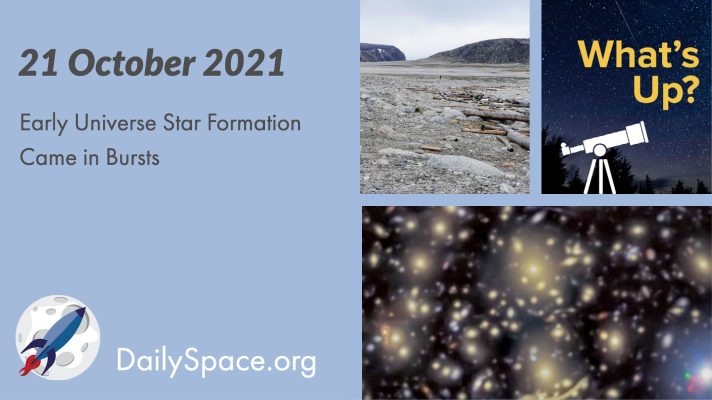
Feb 3, 2022 | Asteroids, Comets, Daily Space, Earth, Exoplanets, Moon, Random Space Fact, Rockets, Space History, Spacecraft, White Dwarfs
By collecting and analyzing stories from a variety of indigenous cultures in North America, researchers find evidence for a mid-air explosion of a comet or asteroid, similar to the Tunguska event. Plus, a new Trojan for Earth, volcanoes and dinosaurs, ancient Mexican cacao groves, and this week in rocket history is Lunar Orbiter 3.

Jan 12, 2022 | Cosmology, Daily Space, Galaxies, JWST, Milky Way, Moon, Supermassive Black Holes, Supernovae, Very Large Array
China’s Chang’e-5 lunar lander has made the first in situ detection of water on the Moon, using reflectance spectroscopy from the surface of our natural satellite. Plus, all the news from the AAS virtual press conferences, including black holes and galaxies.

Dec 16, 2021 | Blue Origin, Crewed Space, Daily Space, Moon, Random Space Fact, Rocket Lab, Rockets, ROSCOSMOS, Space China, Space History, Spacecraft
On Rocket Roundup, launches include the latest from Rocket Lab, a Blue Origin crewed launch, several Chinese launches, and a pair of Russian communication satellites. Plus, this week in rocket history, we look back at Apollo 17.

Dec 8, 2021 | Asteroids, Daily Space, Dark Matter, Earth, ESA, Galaxies, JWST, Moon, Spacecraft, The Sun, Very Large Array
Astronomers using the Very Large Array in New Mexico spent 40 hours observing galaxy AGC 114905, which seemed to have little to no dark matter in 2019 observations. The new evidence shows there is no dark matter in the galaxy at all. Plus, more Hubble and JWST updates, an eclipse over Antarctica, and an interview with Dr. Franck Marchis about citizen science.

Nov 22, 2021 | Astrobiology, Daily Space, Earth, Galaxies, Mars, Moon, Sky Watching, The Sun
A new research project called the Virgo Environment Traced in Carbon Monoxide Survey (VERTICO) used data collected by the Atacama Large Millimeter/submillimeter Array (ALMA) to understand just what is stripping star-forming gases out of the Virgo Cluster of galaxies. Plus, calderas, a mass extinction, and this week’s What’s Up.

Oct 22, 2021 | Climate Change, Daily Space, Earth, Galaxies, Globular Cluster, Mars, Moon, Science, Sky Watching
Researchers looked at lensed galaxy systems, searched for nearby analogs to those distant systems, and found that in general, the systems showed signs of bingeing star formation and then quiet lulls. Plus, using tree rings to track Arctic ice changes, and this week’s What’s Up.








 We record most shows live, on Twitch. Follow us today to get alerts when we go live.
We record most shows live, on Twitch. Follow us today to get alerts when we go live.